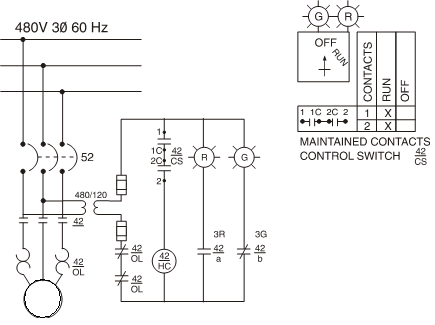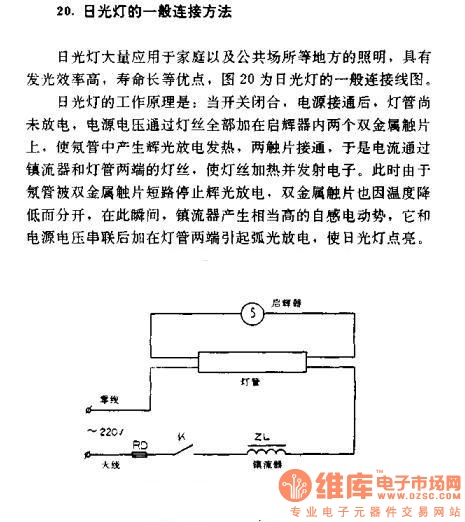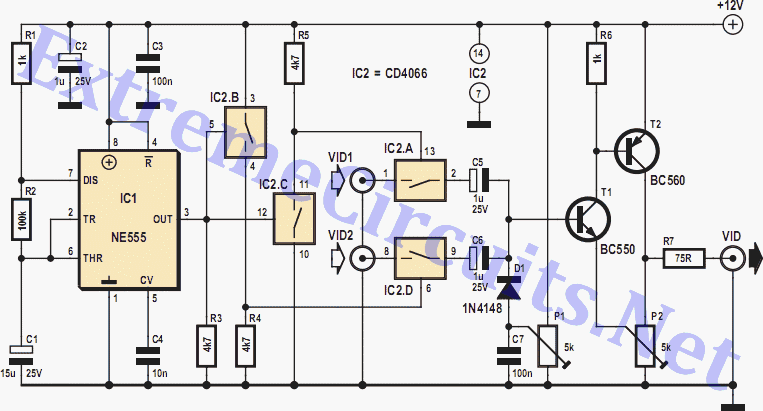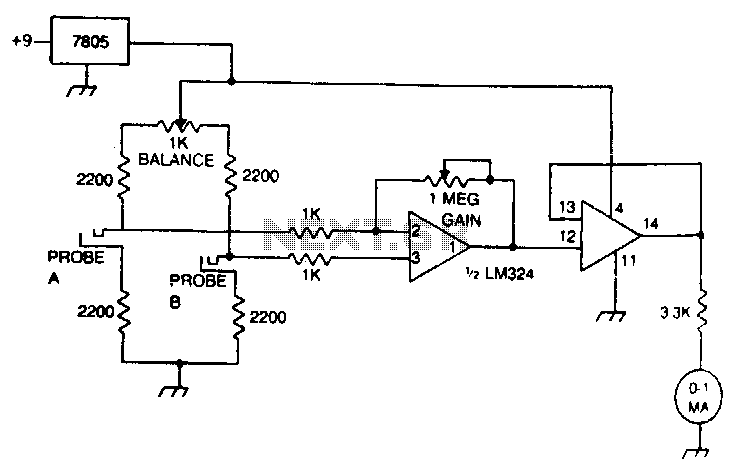
The method of temperature controlling system of producing one-chip computer calorstat is analyzed
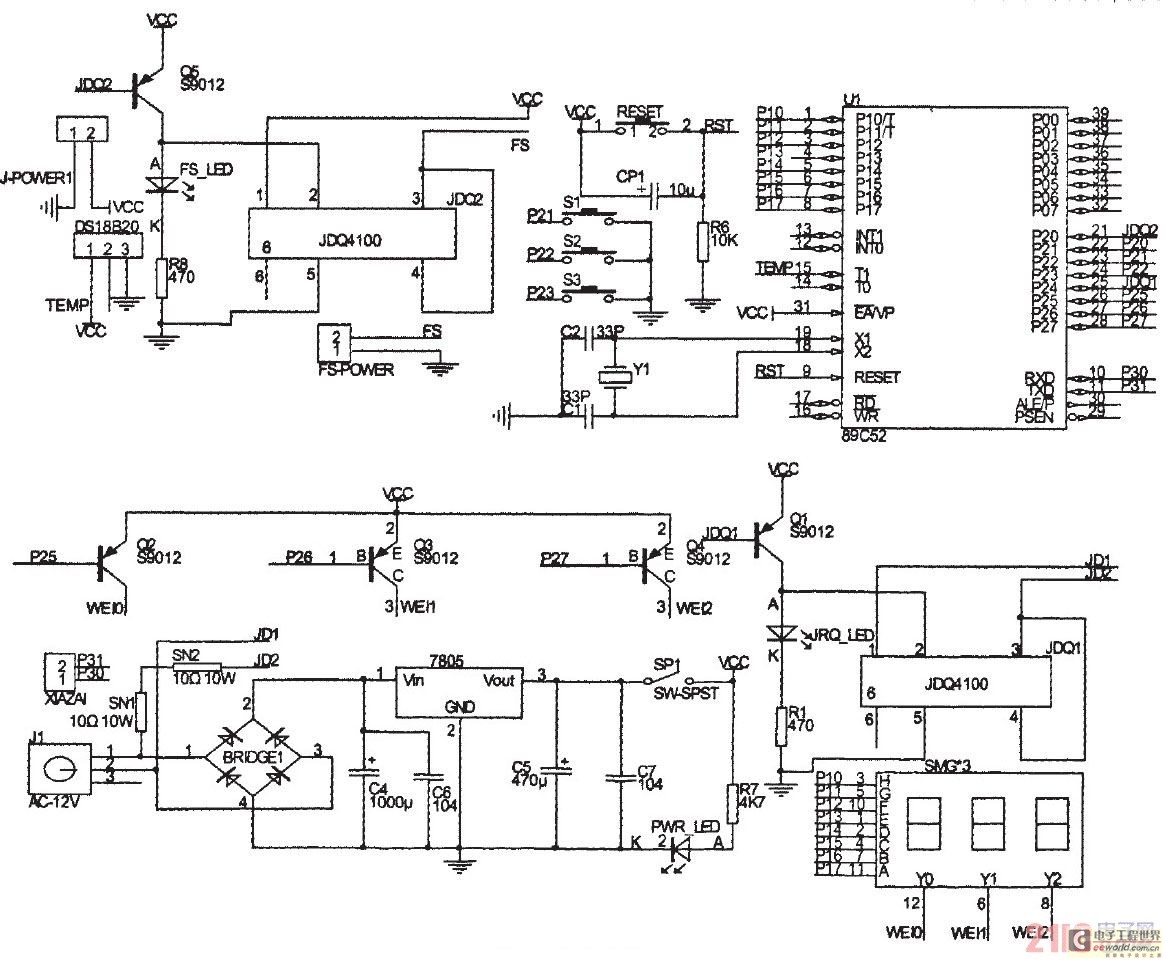
The primary principle of the system is to gather real-time temperature data from a temperature sensor using a microcontroller, which then compares this data with pre-defined thermostat values to maintain the desired temperature within a sample container. This text covers aspects such as the conceptual design, hardware and software architecture, troubleshooting, and systematic debugging of the system. The main performance indices of the system are as follows: 1) The predefined temperature range is between 20-50°C with a minimum distinguishable degree of 1°C; 2) The nixie tube displays the actual temperature with a range of 0-99°C and a minimum distinguishable degree of 0.1°C; 3) The control error of the temperature must be less than or equal to ±4°C; 4) The absolute error in temperature control should be less than or equal to ±3°C. In scenarios where ambient temperature exceeds 20°C, the thermostat's lower limit is adjusted accordingly. This system is developed based on the C51 series microcontroller architecture, which facilitates the acquisition of signals, processing of data, and control of ambient temperature in an integrated numerical control system. Additionally, the design incorporates a user-friendly human-computer interaction interface and a simple arrangement of control keys. The microcontroller used is the STC89C52, chosen for its efficiency in device utilization. The temperature sensor is the digital DSl8820, operating in single bus mode, which eliminates the need for an A/D converter, allowing direct sampling by the microcontroller for straightforward processing. The system employs a standard short-hilted broadsword relay (HK4100F) as the control switch, with two 10W cement resistors connected in series to serve as the heating element, powered by a safe maximum of 24V. This setup ensures even heating or cooling of the container using a small 5V DC fan. A standard push-button switch enables the adjustable thermostat feature, while the current temperature of the container is displayed in real-time on a nixie tube, providing an effective human-computer interaction interface. The system's architecture includes several main modules: 1) Power module: Accepts 12-24V AC input to generate heat and provide power to the cement resistors. The AC input is rectified and filtered, with a voltage regulation chip (7805) converting it to 5V DC for the microcontroller and external system use. 2) Display module: Utilizes a common anode nixie tube with a base pin connected to the MCU via P1 for selective control. 9012 transistors are used to manage the nixie tube's display, with P2 controlling the base pins to represent the current temperature, including a decimal place. 3) Heating module: Compares the sampled temperature to the predefined thermostat value. When the sampled temperature exceeds the set point, the relay closes, activating the cement resistors for heating; otherwise, the relay disconnects. In the schematic, JD1 and JD2 connect the cement resistors in series with one end of the AC supply, controlled by the microcontroller through P2's base pins.The cardinal principle originally designed is, the temperature value that the one-chip computer gathers the temperature sensor real time and place is compared with thermostatical values presumed and dealt with. Thus control and keep the temperature value of the sample container case. This text provides contents such as the conceptual design, circu it of the hardware, software design, trouble removal of this system and debugging systematically, etc. The main performance index of the system is as follows, 1The invariable temperature value presumes the range: 20-50 is minimum distinguish degree: 1 ; f 2 The nixie tube reveals the actual temperature value, the display range: 0-99 ; It is distinguished degree that minimum: 0.
1 ; 3The control error of the temperature: Less than or equal to 4-1 ; 4Reveal the precision: The temperature controlled absolute error is less than or equal to 3 of. In view of fan cooling, the ambient temperature is higher than 20. Corresponding up-shift of thermostatical lower limit. This system is application and development based on C51 series one-chip computer of the classics, the ones that collected the acquisition of signal, machine format dealing with and temperature of the ambient temperature maintained and controlled and waited a moment it for the integrative numerical control system.
Meanwhile, there are friendly human-computer interaction interface and simple and easy arrangement key set in this system design. MCU originally designed adopts sTC89C52 one-chip computer; Consider the need of saving the device to use.
The temperature sensor adopts the digital temperature sensor DSl8820 of the single bus-mode, does not need to connect A, D converter, sampled value can be given the one-chip computer directly and deals with, simple and easy and convenient; The system adopts the ordinary short-hilted broadsword electrical relay HK4100F as the controlled switch; Two pieces of cement resistance 10W, 10 The series connection is regarded as and heated the device, undervoltage the highest 24V Supply power, it is safe and reliable; Achieve the goal that cooled or made the container heated evenly with the small-scale fan of 5V D. C. supply; Adopt the ordinary push-key switch, realize the adjustable set feature service of the thermostatical temperature; The temperature value of the present container of real-time display of nixie tube of the Trinity is simple and easy and cheap, have realized the goal of the human-computer interaction interface.
According to the system scheme, sum up the interface circuit of the main module; 1, Power module. 12~24V ac input, the alternating current voltage input is generating heat and offering the electric energy of cement resistance; Inputting the alternating current voltage is commutated and filtered, insert the voltage regulation chip 7805 to change into 5V direct-current volts VCC In order to supply MCU and to set up the system to use outside. 2, Display module. The nixie tube of the common anode, the base pin of group P1 of a section of selective connecting MCU I/013.
Use 9012 triodes as the location of nixie tube and select the switch, select by P2 separately in the location 5, P2 ³ 6, P2 ³ 7 grade base pins are controlled, three nixie tubes reveal the temperature sample the temperature at present The value, one of them, as the decimal place. Other two, respectively for the ten`s place and every. 3, Heat the module. The main foundation presumes thermostatical value and result of comparison of sampling the temperature value work.
, while sampling temperature value and is greater than set point. The electrical relay closes and amalgamates and puts through the resistance heating of cement, otherwise disconnect. In Fig. 2, JDl, JD2 connect and connect the cement resistance and one end of the AC supply in series respectively, this electrical relay is by P2 of the one-chip computer 4 base pins are controlled.
2Judg 🔗 External reference
1 ; 3The control error of the temperature: Less than or equal to 4-1 ; 4Reveal the precision: The temperature controlled absolute error is less than or equal to 3 of. In view of fan cooling, the ambient temperature is higher than 20. Corresponding up-shift of thermostatical lower limit. This system is application and development based on C51 series one-chip computer of the classics, the ones that collected the acquisition of signal, machine format dealing with and temperature of the ambient temperature maintained and controlled and waited a moment it for the integrative numerical control system.
Meanwhile, there are friendly human-computer interaction interface and simple and easy arrangement key set in this system design. MCU originally designed adopts sTC89C52 one-chip computer; Consider the need of saving the device to use.
The temperature sensor adopts the digital temperature sensor DSl8820 of the single bus-mode, does not need to connect A, D converter, sampled value can be given the one-chip computer directly and deals with, simple and easy and convenient; The system adopts the ordinary short-hilted broadsword electrical relay HK4100F as the controlled switch; Two pieces of cement resistance 10W, 10 The series connection is regarded as and heated the device, undervoltage the highest 24V Supply power, it is safe and reliable; Achieve the goal that cooled or made the container heated evenly with the small-scale fan of 5V D. C. supply; Adopt the ordinary push-key switch, realize the adjustable set feature service of the thermostatical temperature; The temperature value of the present container of real-time display of nixie tube of the Trinity is simple and easy and cheap, have realized the goal of the human-computer interaction interface.
According to the system scheme, sum up the interface circuit of the main module; 1, Power module. 12~24V ac input, the alternating current voltage input is generating heat and offering the electric energy of cement resistance; Inputting the alternating current voltage is commutated and filtered, insert the voltage regulation chip 7805 to change into 5V direct-current volts VCC In order to supply MCU and to set up the system to use outside. 2, Display module. The nixie tube of the common anode, the base pin of group P1 of a section of selective connecting MCU I/013.
Use 9012 triodes as the location of nixie tube and select the switch, select by P2 separately in the location 5, P2 ³ 6, P2 ³ 7 grade base pins are controlled, three nixie tubes reveal the temperature sample the temperature at present The value, one of them, as the decimal place. Other two, respectively for the ten`s place and every. 3, Heat the module. The main foundation presumes thermostatical value and result of comparison of sampling the temperature value work.
, while sampling temperature value and is greater than set point. The electrical relay closes and amalgamates and puts through the resistance heating of cement, otherwise disconnect. In Fig. 2, JDl, JD2 connect and connect the cement resistance and one end of the AC supply in series respectively, this electrical relay is by P2 of the one-chip computer 4 base pins are controlled.
2Judg 🔗 External reference
Warning: include(partials/cookie-banner.php): Failed to open stream: Permission denied in /var/www/html/nextgr/view-circuit.php on line 713
Warning: include(): Failed opening 'partials/cookie-banner.php' for inclusion (include_path='.:/usr/share/php') in /var/www/html/nextgr/view-circuit.php on line 713
